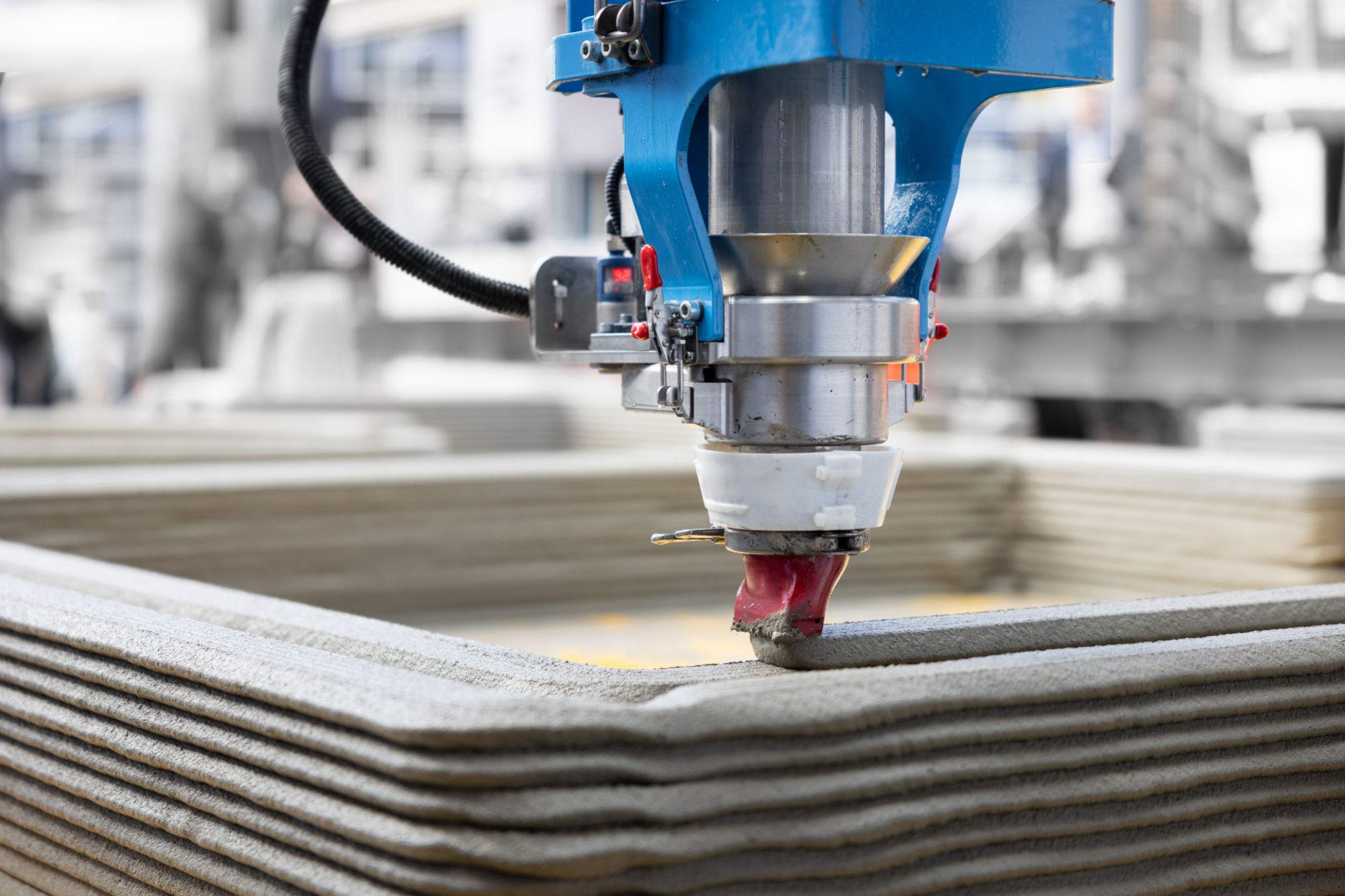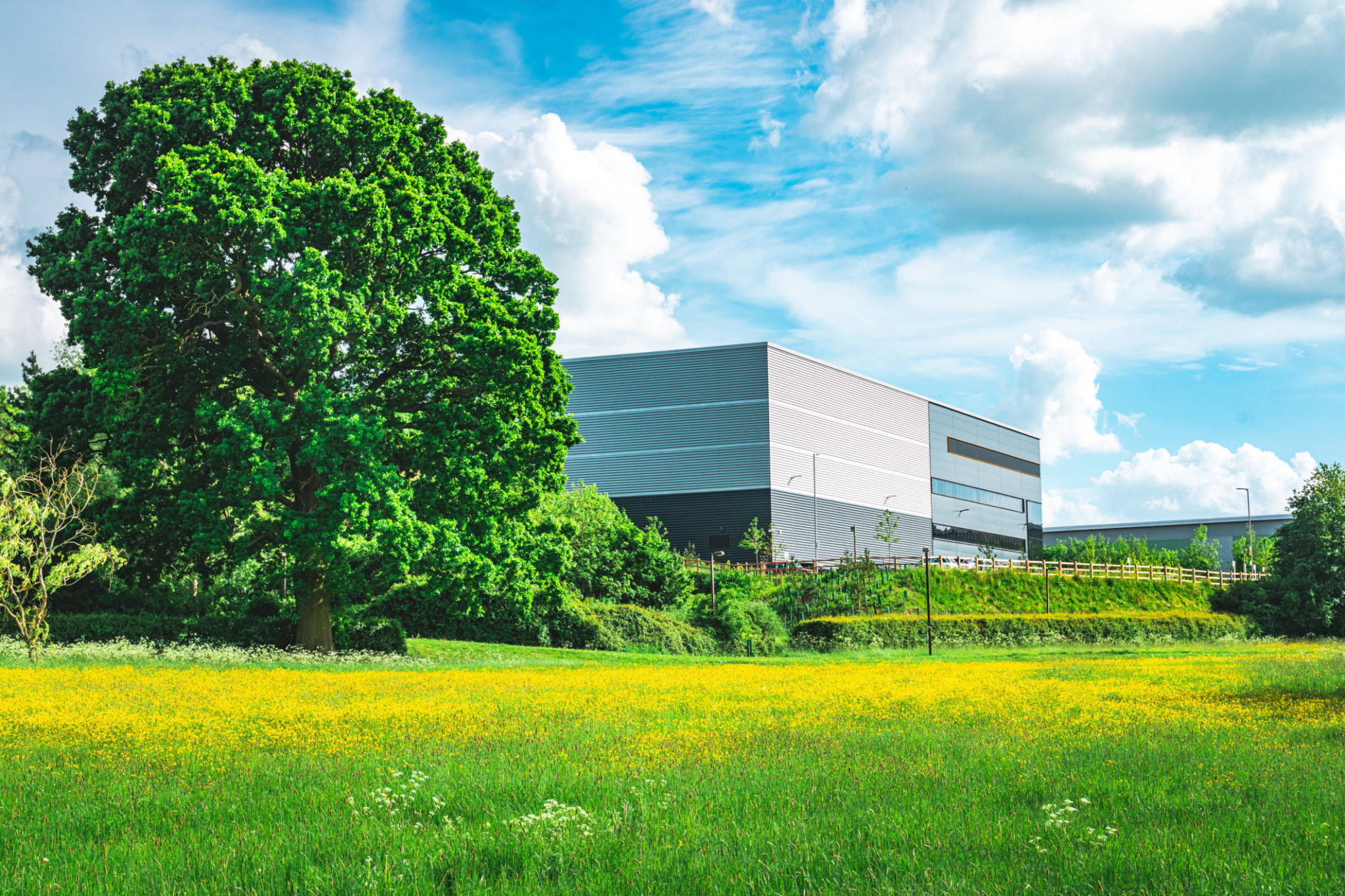Expert Insights: Trends Shaping the Future of Metal Casting
Introduction to Metal Casting Trends
As the metal casting industry continues to evolve, staying ahead of emerging trends is crucial for maintaining a competitive edge. Whether you are an industry veteran or new to the field, understanding these trends can help you make informed decisions. In this post, we explore key insights from industry experts on the future of metal casting.
Metal casting is a pivotal manufacturing process that has enabled countless innovations across various sectors. With technological advancements and changing market demands, the industry is poised for significant transformation.

Advancements in Additive Manufacturing
Additive manufacturing, commonly known as 3D printing, is revolutionizing the metal casting industry. It allows for more complex designs and reduces waste, offering cost-effective and efficient production methods. One of the most significant advantages is the ability to create prototypes quickly, which accelerates the product development cycle.
Industry experts predict that as this technology continues to mature, it will integrate even more seamlessly with traditional casting methods. This hybrid approach could lead to unprecedented levels of customization and precision in metal parts.

Sustainability and Eco-Friendly Practices
The push towards sustainability is reshaping many industries, and metal casting is no exception. There is a growing emphasis on reducing the environmental impact through the use of eco-friendly materials and processes. Recyclability and waste reduction are becoming critical considerations in casting operations.
Experts highlight that adopting sustainable practices not only benefits the environment but can also lead to cost savings and improved brand reputation. Companies that invest in green technologies are likely to gain a competitive edge in a market that increasingly values sustainability.

Automation and Smart Factories
Automation is another trend significantly impacting metal casting. The implementation of robotics and AI-driven systems in foundries can enhance efficiency and reduce human error. Smart factories utilize data analytics to optimize production processes, leading to improved quality control and faster turnaround times.
Industry leaders suggest that embracing automation could also address labor shortages by reallocating human resources to more strategic roles. This shift allows for greater innovation and productivity within the workforce.

Innovations in Alloy Development
The development of new alloys is crucial for meeting the demands of modern applications. Advances in material science are enabling the creation of alloys with superior strength, durability, and resistance to extreme conditions. These innovations are especially important in sectors like aerospace and automotive, where material performance is critical.
Experts emphasize the importance of continuous research and collaboration between academia and industry to push the boundaries of what is possible with metal alloys. Such partnerships can lead to breakthroughs that redefine industry standards.
Conclusion
The future of metal casting is bright, with numerous trends shaping its trajectory. From additive manufacturing to sustainable practices and automation, the industry is undergoing a transformation that promises increased efficiency and innovation. By staying informed and adaptable, businesses can capitalize on these trends to drive growth and success in the coming years.
As these trends continue to develop, ongoing education and awareness will be crucial for industry professionals. Embracing change today will pave the way for a more prosperous and sustainable tomorrow in metal casting.
